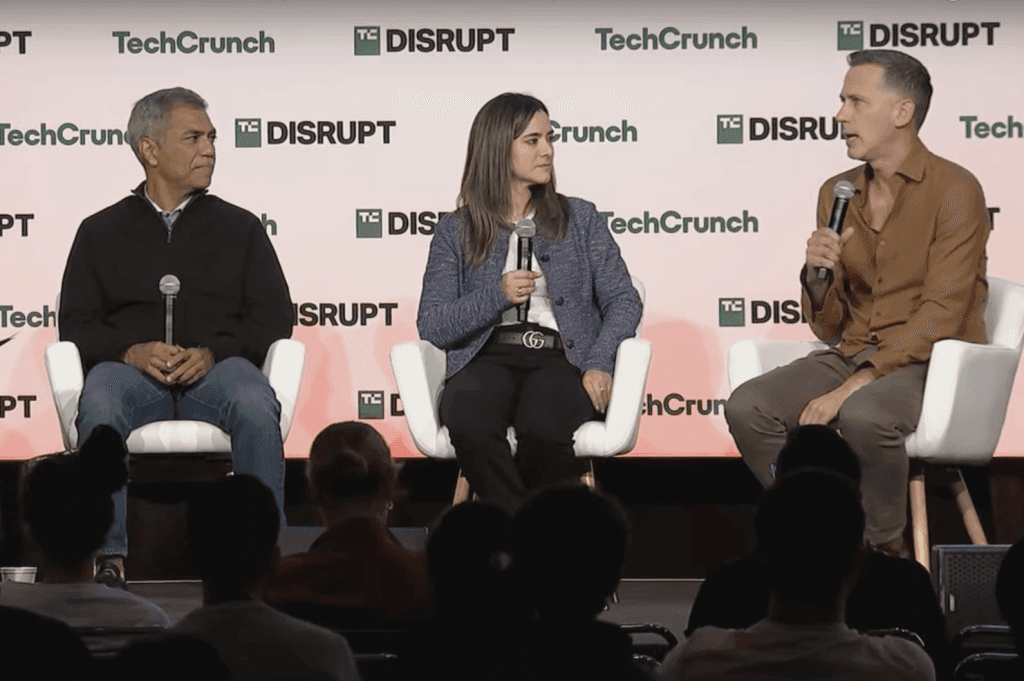
Data plays a fundamental role in artificial intelligence, especially for generative AI. According to Chet Kapoor, chairman and CEO of data management company DataStax, “there is no AI without data…[or] without unstructured data at scale.” Kapoor’s comments opened a discussion at TechCrunch Disrupt 2024 about the role of “new data pipelines” in generative AI applications, where he was joined by Vanessa Larco, a partner at VC firm NEA, and George Fraser, CEO of Fivetran. A key point from the conversation was the importance of focusing on achievable, specific objectives rather than aiming for immediate large-scale implementations in the early stages of AI development. For companies eager to dive into generative AI, the guidance is clear: start small and practical, progressing incrementally rather than attempting overly ambitious projects.
Kapoor emphasized that building generative AI systems requires teams that are essentially “writing the manual” as they go, learning as they develop initial applications without predefined guidelines. While AI depends on data, having vast amounts of data can be daunting for companies, particularly if it includes sensitive or dispersed information. Larco suggested that, rather than implementing generative AI across the entire organization and using all available data at once, companies should identify the specific problems they aim to solve and source only the relevant data to support those goals.
Larco noted that companies are finding success by starting with internal applications that target specific, manageable objectives and then using focused datasets to achieve them. This approach reduces complexity and costs, in contrast to a broad, undirected implementation of generative AI that risks inaccuracies and inefficiencies.
George Fraser, whose company Fivetran supports data integration for clients like OpenAI and Salesforce, advised companies to focus on current, concrete challenges rather than attempting to prepare for hypothetical future needs. He observed that in innovation, most costs are incurred on solutions that ultimately don’t pan out, rather than on scaling successful solutions.
Reflecting on the development phase of generative AI, Kapoor compared today’s landscape to the early stages of the web and smartphone technology, which offered glimpses of future potential but hadn’t yet fully transformed daily life. Kapoor called this period the “Angry Birds era of generative AI,” suggesting that current applications are still limited in scope. However, he anticipates that by next year, companies will start deploying transformative AI applications that could impact business trajectories in meaningful ways.
In summary, for companies venturing into generative AI, the path to value lies in starting with small, focused projects and building up gradually. By tackling specific objectives and using targeted datasets, businesses can refine their AI initiatives, laying a strong foundation for broader and more impactful applications in the future.